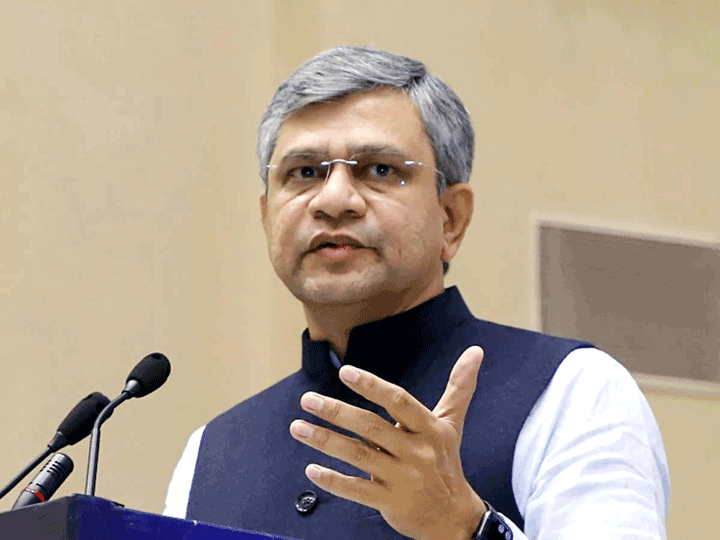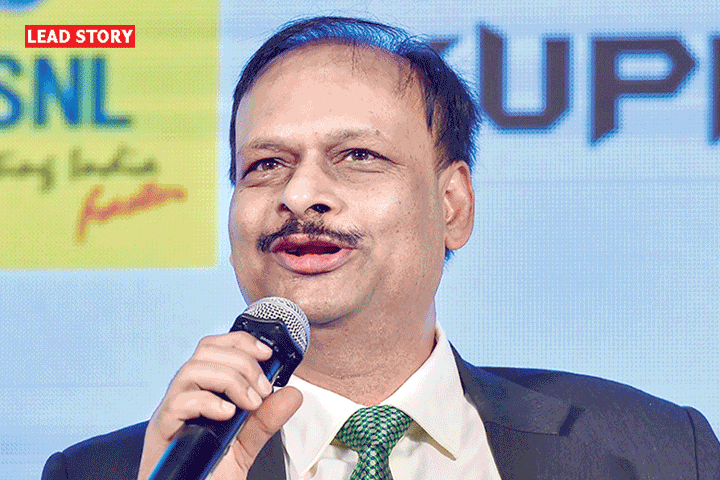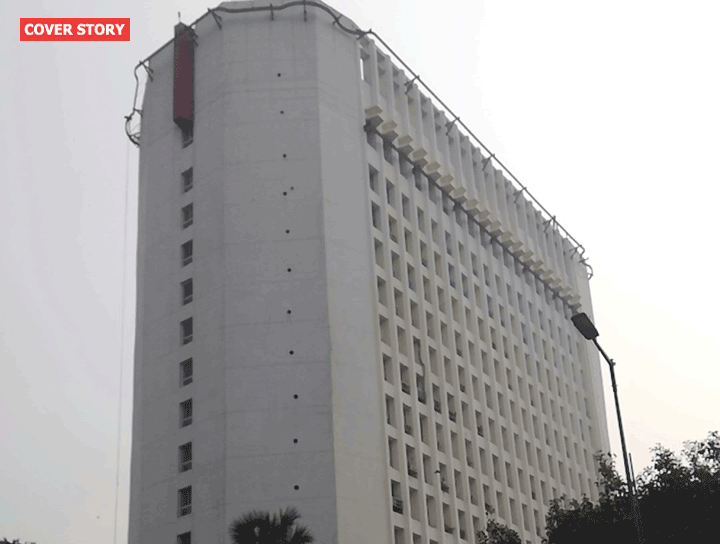OTT platforms expected to benefit from implementation of TRAI’s new pricing regime
One of the un-expected beneficiaries of the Telecom Regulatory Authority of India’s (TRAI) new pricing regime for TV broadcasting could be the over the top (OTT) platforms.
According to FICCI-EY report ‘A Billion screens if opportunity’, the OTT platforms are sure to benefit due to increased parity between television and OTT consumption – both in terms of content choice and costs.
The TRAI’s new tariff order, it stated, can have implications on total viewership, free television, channel MRP rates and advertising revenues. While its implementation could take up to six months, we can expect a lot of changes.
The report also stated that the TRAI order may result in a significant increase in placement as more channels fight to be on the first and second packs of distribution platform operators (DPOs).
Smaller channel networks and niche channels may be negatively impacted due to limited marketing capability and less bouquet strength, it added.
“A lot will finally depend on the cannel prices at which the market settles – which can take six-nine months. One thing is for sure, we can expect a lot of experimentation in 2019,” the report noted.
The report also expects more infrastructure sharing and collaboration between broadcasters, to take advantage of the global opportunity, interactivity solutions, traffic order validation, uplinking, news gathering and content creation.
Distribution companies, it stated, will increasingly become like telecom companies with common back-end infrastructure (an area where HITS can play a role).
“We can expect to see mobile wallets and scratch cards enable payments from consumers and LCOs. Finally, we can expect more self-serve platforms to come into existence for advertisers (like Zee Mitra) as well as for DPOs to buy content from broadcasters and LCOs to buy content from DPOs,” the report stated.
The report also stated that Free Dish has the potential to reach upwards of 50 million customers if broadcasters continue to provide pay content on the platform. The lower-end consumers, it said, will increasingly shift to this platform, or use it as their second television connection.
However, the big broadcasters have decided to pull out their rural focussed Hindi GEC and movie channels from the platform.
This decision, the report said, has the potential to impact the TV advertising revenues. Free Dish had generated an estimated Rs 2000 crore of advertising revenues. However, the pull-out by broadcasters could impact ad revenue forecast by Rs 1000-2000 crore in 2019.
It also added that Free Dish’s future will be determined by the number of new channels which come on the platform.
“We can expect more regional, news and niche channels – particularly those impacted negatively by the TRAI order – to try building audiences through Free Dish subject to auction base prices being feasible,” the report stated.
The report stated that advertising will grow in 2019 by a minimum of 9-10% on the back of the elections (which will help both national and regional channels), the ICC cricket world cup and overall momentum in the FMCG, durables and services categories, which are reaping the benefits of the GST roll-out.
However, since large broadcasters have pulled out their DD Free Dish channels, that could bring down the estimates by Rs 1000-2000 crore, it added.
Television segment can reach Rs 95,500 crore by 2021, with advertising growing at 10% and subscription at 8%.
As per the report, TV broadcasters are expected to focus on customer database creation and experiment more with combined selling of impact properties across TV + OTT platforms.
The measure for the industry will become ad impressions, with the CPM rate being a function of the quality of the audience and closeness to purchase points, it stated.
The report also expects to see data being used to upsell channels, sell sports and niche channels, as well as provide segmented audiences to advertisers, which should increase advertising rates.
The report pointed out that the international revenues could reach 15% of the top line by 2021 with global monetisation expected to increase. Indian broadcasters, it said, will continue to expand their global footprint, either on their own platforms or through partnerships with telcos and international OTT platforms, to target not just Indian diaspora, but global audiences interested in Indian content.











